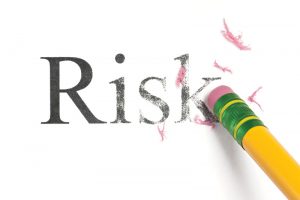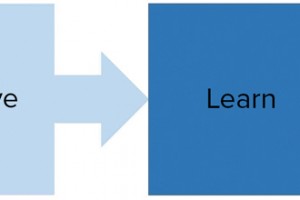Many times, the phrases quality assurance and quality control are used interchangeably. Quality assurance (QA) is process-focused, where the processes are put in place to ensure the correct steps are performed. Quality control (QC) is used to verify that deliverables are of acceptable quality and that they are complete and correct. As this relates to structural engineering, one may think of QA as the process we go through during our design and construction document production phases and QC as the review exercise at the end of a project to determine how well the process worked in producing a quality set of construction documents that met the needs of the client, owner, and contractor. …
Review Category : CASE Business Practices
If you work as a structural engineer long enough, you will probably have the misfortune of defending yourself against a baseless legal claim. We have all heard stories about firms forced to spend thousands of dollars in attorney fees to defend themselves against a nuisance lawsuit, or to make it go away. …
The world of Structural Engineering is in one of the most significant transitions we have seen in recent history. As we exit the more recent Great Recession and establish new normal economic conditions, we are also dealing with rapidly changing technology, the effects of a more global economy, and ever-evolving contract structures and delivery methods. The growth of the economy in the last few years has provided new opportunities and filled the backlog of most firms, but we still see pricing pressures. BIM, finite element modeling, and the growing sophistication of computer programs are changing workflows. Where we used to compete against a small group of local firms that we knew, we are now finding ourselves competing with firms across the country and even internationally. …
There are various methods for incorporating the recommendations of Geotechnical Reports into structural drawings and specifications, and for engaging the Geotechnical Engineer in the design process. Invariably, Structural Engineers extract pertinent design and construction information from Geotechnical Reports to use as the basis for foundation-related design and detailing directives included in contract documents. …
How Your Firm Can Learn from Its Mistakes as Well as Its Successes
Despite advances in artificial intelligence and the increased sophistication of modeling software, at least for the time being, the decision-making process at engineering firms remains the domain of people. To err is human, as they say, and the consequences of a mistake can be painful to an engineering firm. How should a firm deal with this inevitability? The first line of defense is effective quality control that involves a robust checking and review process. Avoiding the costly, reputation-damaging, and perhaps even deadly consequences of an error should be the top priority of every engineering firm. …
The Importance of Project Management
Structural engineers take classes in calculus, physics, statics, mechanics, structural analysis, and structural design during their undergraduate years. In graduate school, they take courses in structural dynamics, earthquake engineering, advanced structural analysis, and advanced structural design. In theory, with this knowledge, the newly minted graduates are ready to make the transition from academia to the realities of working in an engineering firm. …
Structural engineers of record (SER) are always under some external pressure on projects. Is there enough fee? Is there enough time to complete the work? Is the project becoming more difficult and complex because of bad decisions made without SER input? Are the Owner’s expectations unrealistic? Is there scope creep because other team members are passing the buck? …
Indemnification clauses are the number one source of problems in contracts for professional services. Structural engineers are frequently presented with very one-sided contracts drafted by their Client’s attorney, who may not understand contracting for design professional services or merely wishes to maximize the contractual benefits for the Client. These contracts may contain an indemnification clause like this (real) one: …
Our everyday lives are fraught with elements of risk – driving our children to school or ourselves to work, walking on the sidewalk, or even the public places we frequent. As practicing structural engineers, we deal with risk every day. The nature of our profession is to utilize our understanding of risk and mitigate it based on our experience, knowledge, and mastery of science and engineering principles. We design structures and structural systems that provide for the public welfare (safety) as well as achieving the functional and financial goals of our clients. …
Most structural engineers understand that they should perform their engineering services with no less than the skill customarily exercised by other structural engineers in similar circumstances. Most likely, their employer or a colleague told them so at some point in their early careers, or they overheard other engineers discussing the issue in the context of a legal action. …





